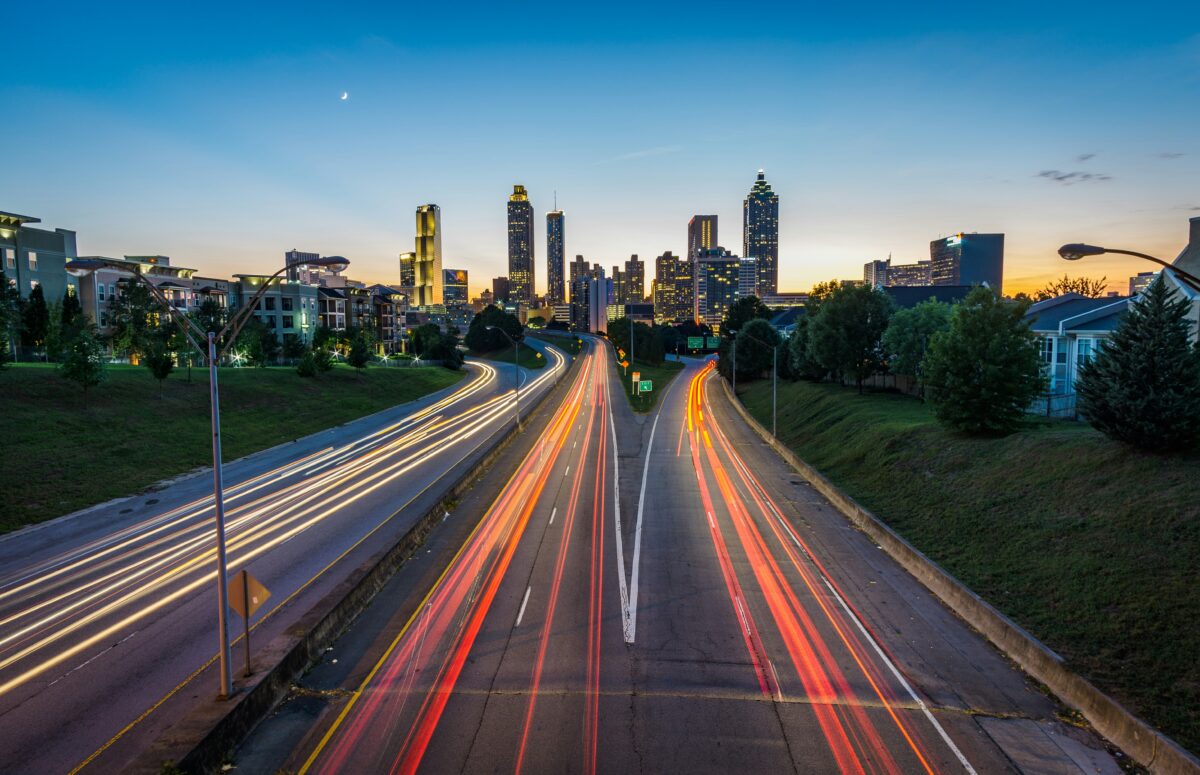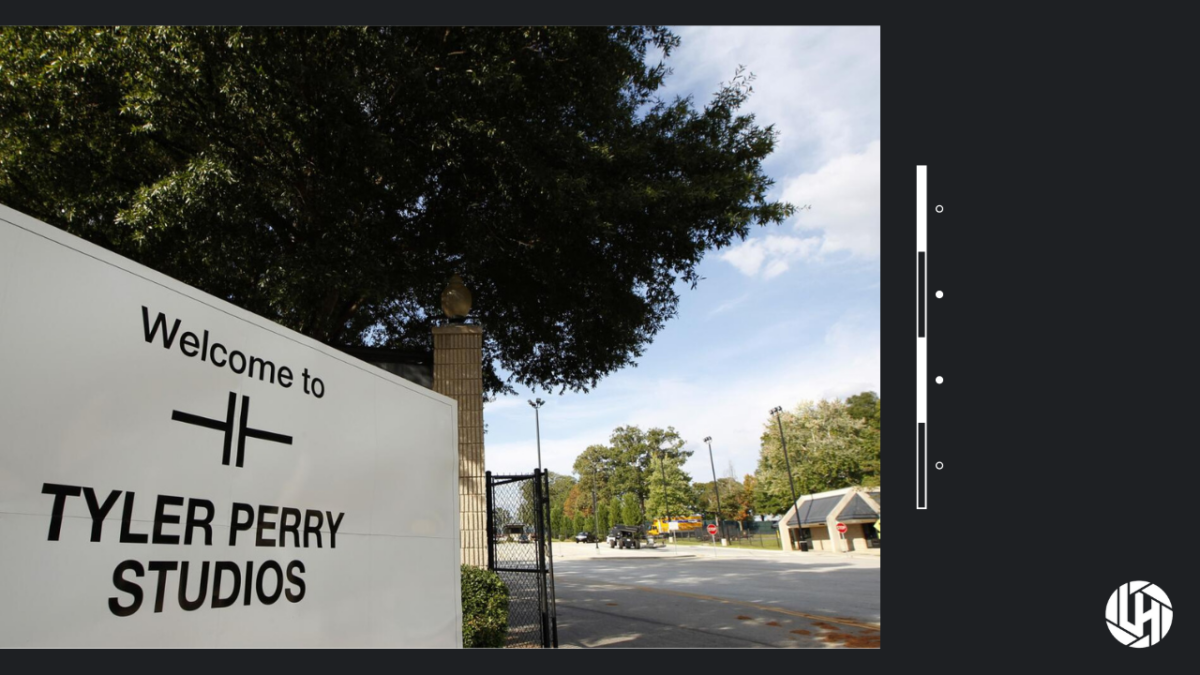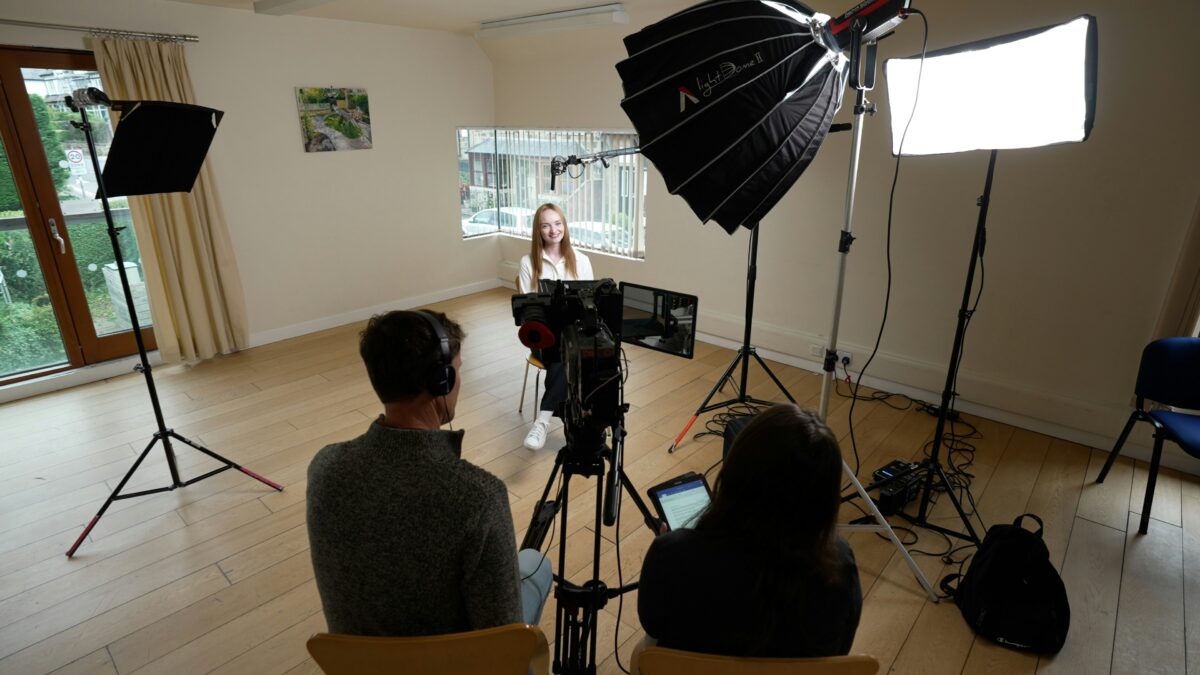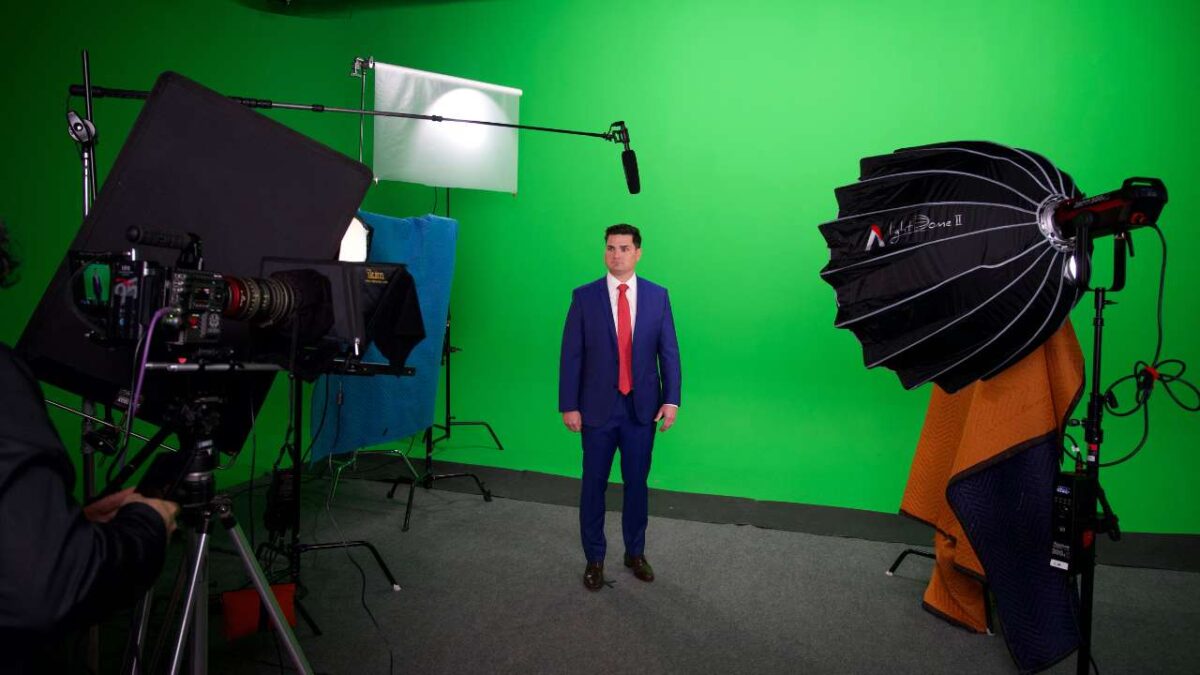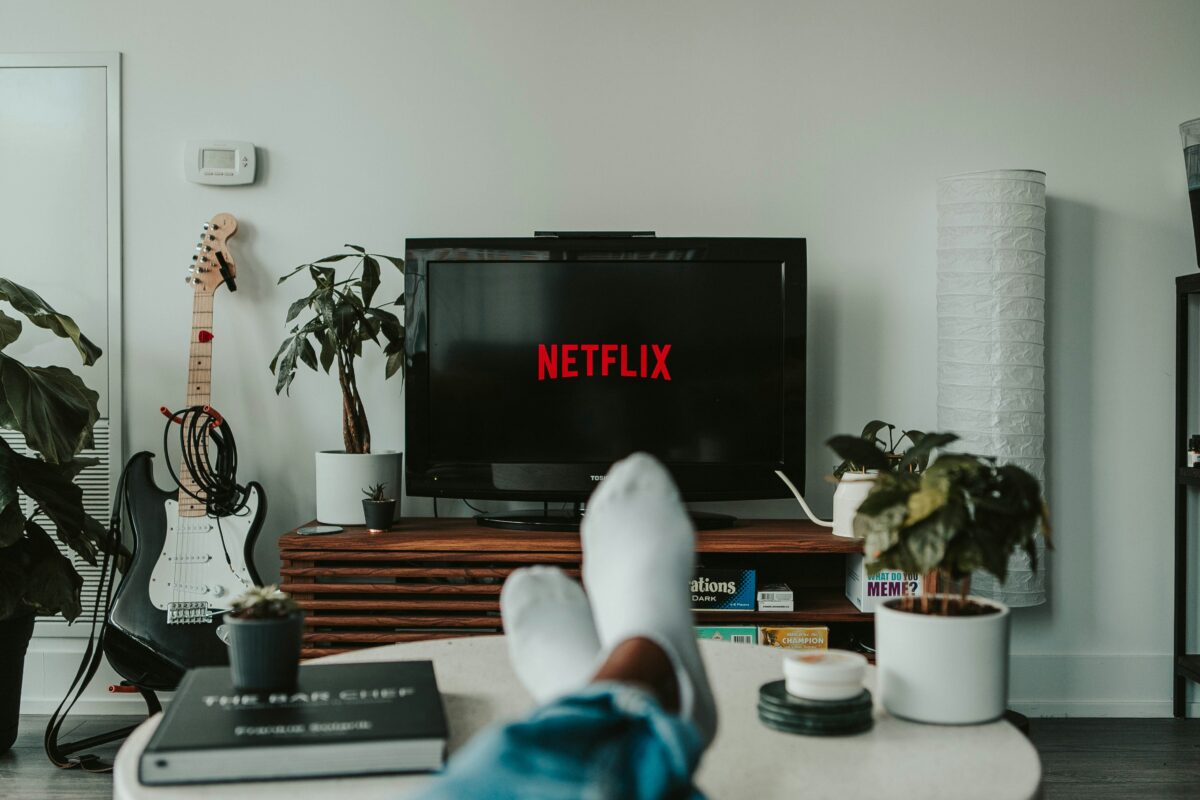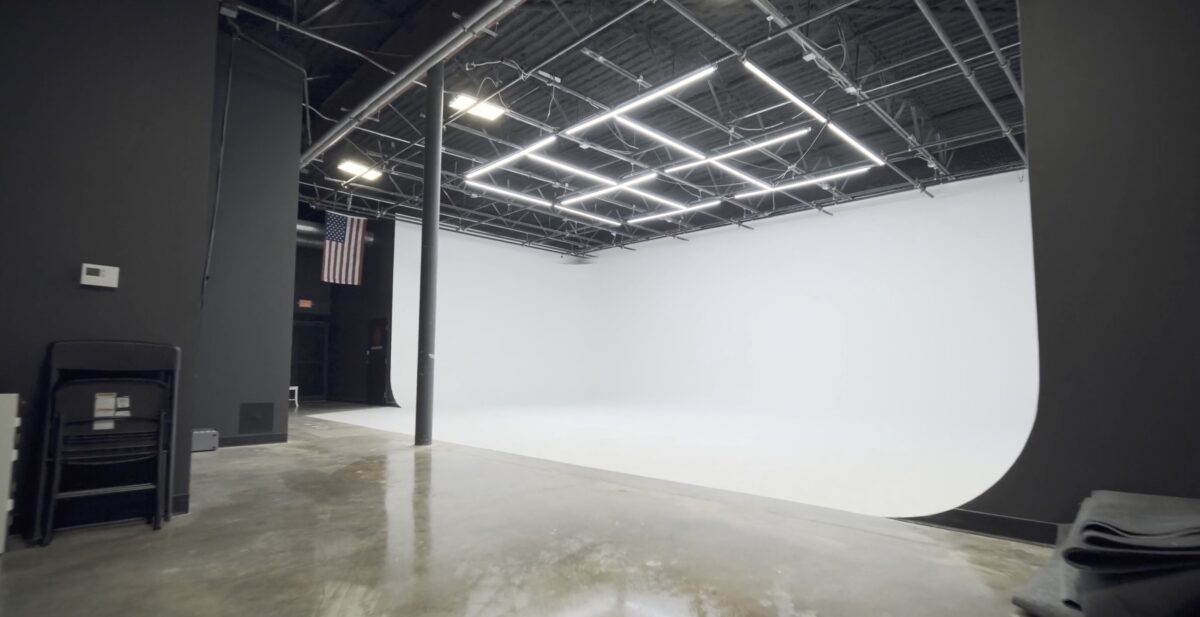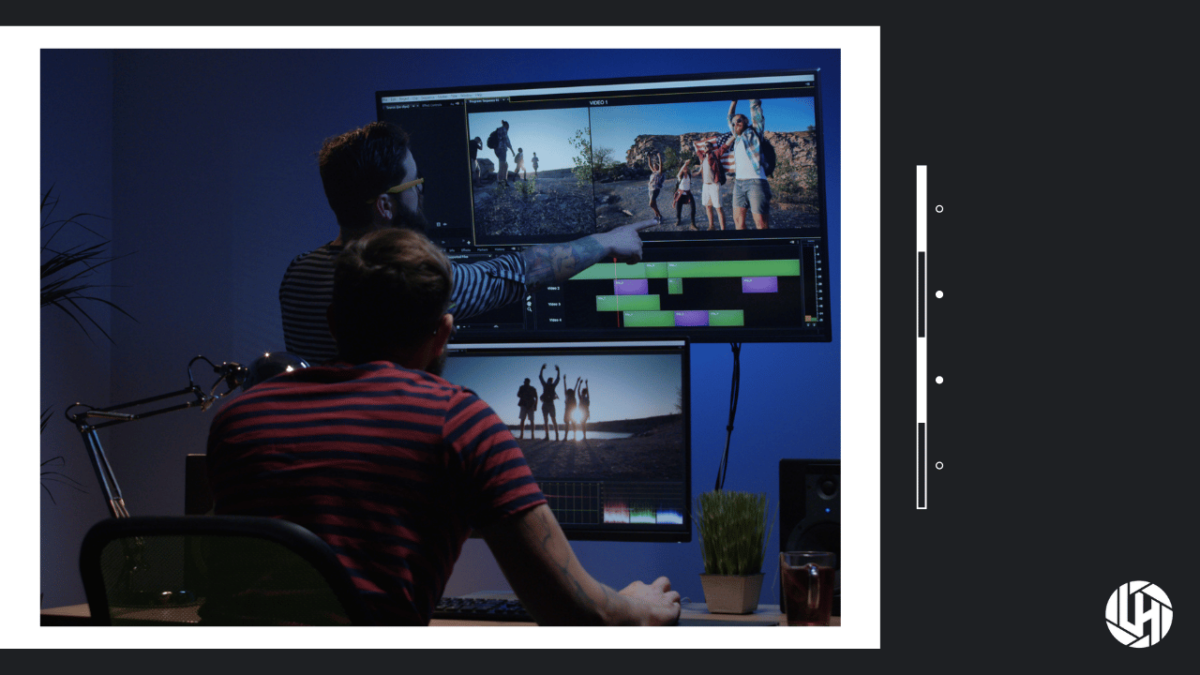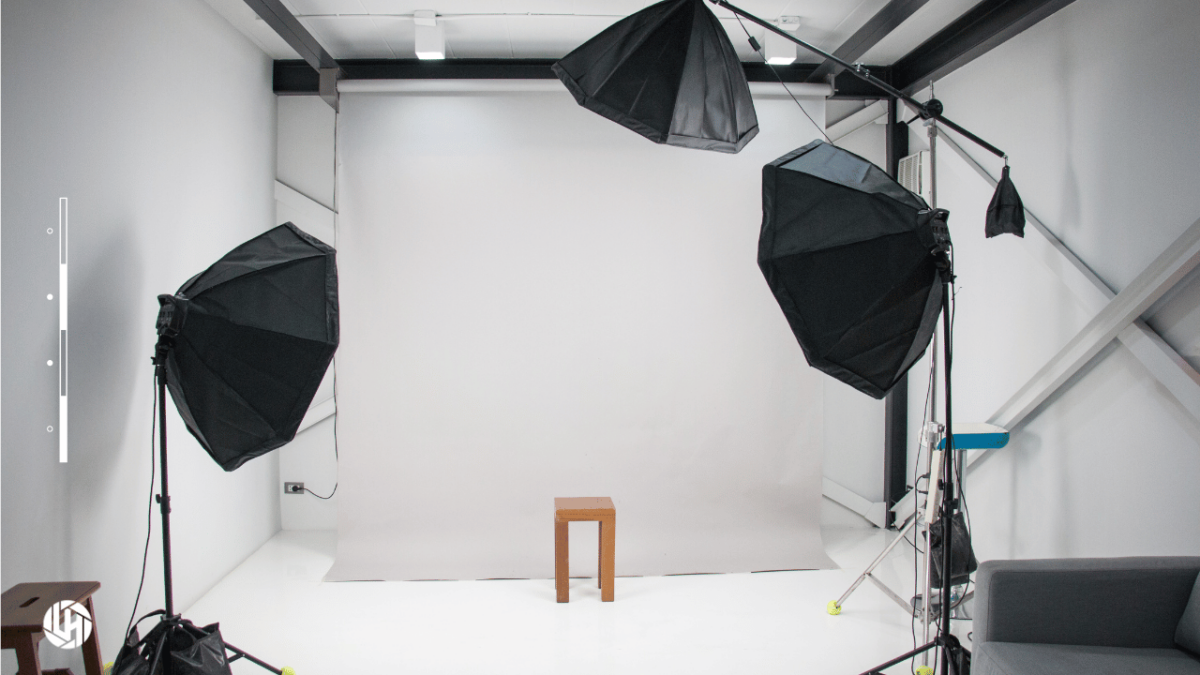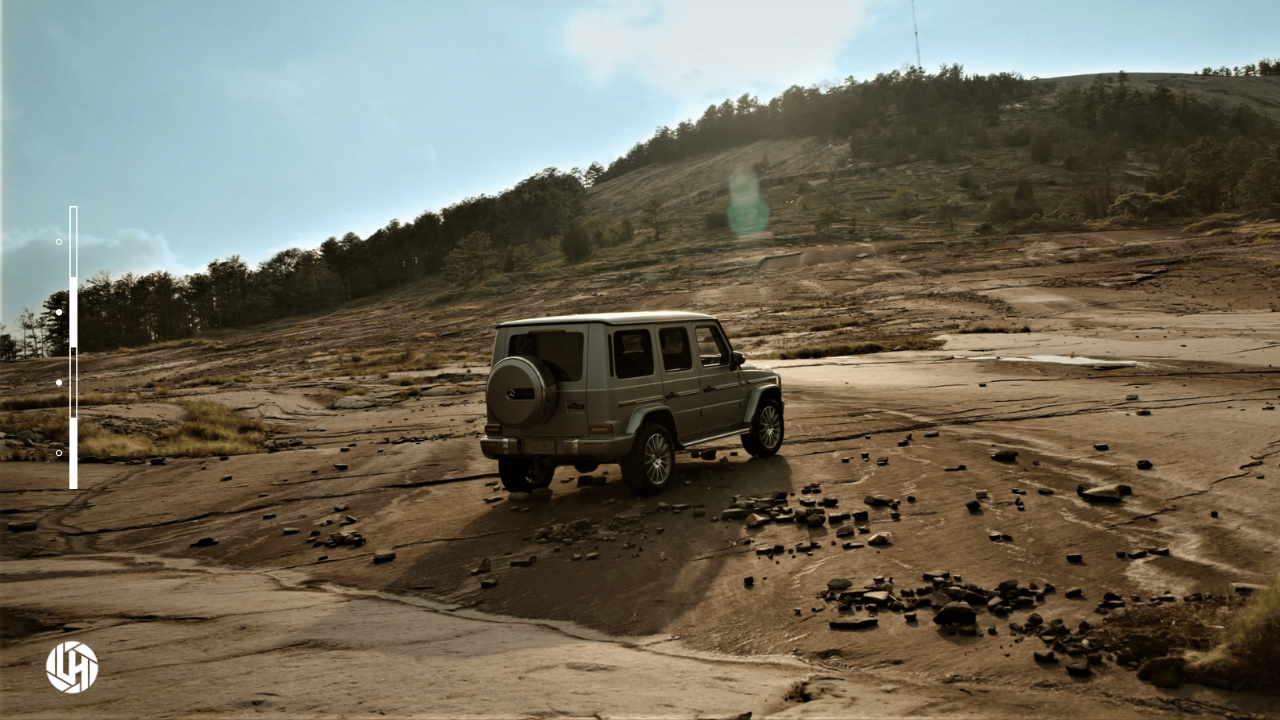Lens Head Media’s New Vehicle Video Reel: Driving Creativity Forward
lensheadmedia
on
September 5, 2025
At Lens Head Media, we are excited to share our brand new vehicle video reel, a showcase of our work across the automotive world. This reel highlights projects with iconic brands like Mercedes Benz and Lincoln, while also featuring a wide variety of local dealerships, rental companies, mechanics, and detailers. It represents our commitment to delivering cinematic storytelling that puts vehicles and the businesses behind them in the spotlight.
The vehicle video reel is more than just a highlight of beautiful cars. It captures the full spectrum of the automotive industry and demonstrates how visual storytelling can elevate the customer experience. Whether we are working with luxury brands that emphasize elegance and performance or local businesses that prioritize reliability and community connection, our approach remains the same. We aim to create content that not only showcases vehicles but also tells the story of the people and businesses behind them.
Why Vehicle Video Reels Matter
For dealerships, rental services, or mechanics, video is one of the most powerful ways to connect with potential customers. A photo can capture a moment, but video brings movement, sound, and emotion into play. This allows businesses to highlight not just their inventory but also their customer service, atmosphere, and brand values. A vehicle video reel communicates authenticity, which is what makes audiences stop, watch, and engage.
Luxury brands like Mercedes Benz and Lincoln understand the importance of strong branding and consistent messaging. Our work with them shows how video can create aspirational connections with viewers. At the same time, we know that smaller local businesses can benefit just as much from professional video. A clean, polished video showing happy customers, skilled staff, or a car on the road can instantly set a business apart from its competition. In a crowded marketplace, a professional vehicle video reel is no longer optional. It is essential.
Capturing the Full Picture
When we create vehicle-focused videos, we do more than film cars. We think about what makes each business unique. A dealership might want to emphasize its customer-first approach. A rental company may need to show how quick and convenient their service is. A mechanic might want to highlight their expertise in fixing advanced systems. By tailoring each project, we ensure that every video serves a clear purpose and speaks directly to the right audience.
Our vehicle video reel reflects this philosophy. Each clip represents careful planning, intentional cinematography, and a focus on storytelling. The result is a collection of visuals that not only look stunning but also drive business outcomes. We believe that the right video should make a viewer feel confident about a purchase, inspired by a brand, or reassured about a service.
The Lens Head Media Approach
What sets Lens Head Media apart is our ability to merge cinematic quality with real-world business goals. Our team uses industry-leading cameras, creative lighting, and thoughtful editing to create videos that feel like more than ads. They feel like experiences. By blending beauty with purpose, we ensure that every vehicle video reel is not just visually striking but also strategically effective.
Another key element is our emphasis on customer service. We know that the businesses we work with are not just selling cars or services. They are building relationships. That is why we highlight not only the vehicles but also the people behind them. Happy customers, skilled technicians, and welcoming staff all help paint a complete picture that resonates with audiences.
Looking Ahead
Our new vehicle video reel is both a reflection of what we have achieved and a preview of what we can do for future clients. From luxury showrooms to neighborhood garages, we are passionate about helping automotive businesses stand out. Every vehicle has a story, and every business has a personality. Our job is to bring both to life through video.
If you are an automotive business looking to elevate your brand, Lens Head Media is here to help. Our experience ranges from high-end car commercials to community-focused service ads, and our new vehicle video reel demonstrates just how versatile and impactful video can be.
See Your Business in Motion
Video has the power to inspire, inform, and persuade. It turns viewers into customers and cars into experiences. At Lens Head Media, we believe every vehicle deserves to be showcased in its best light, and every business deserves video content that drives real results. With our new vehicle video reel, we are ready to bring that vision to life for you.

